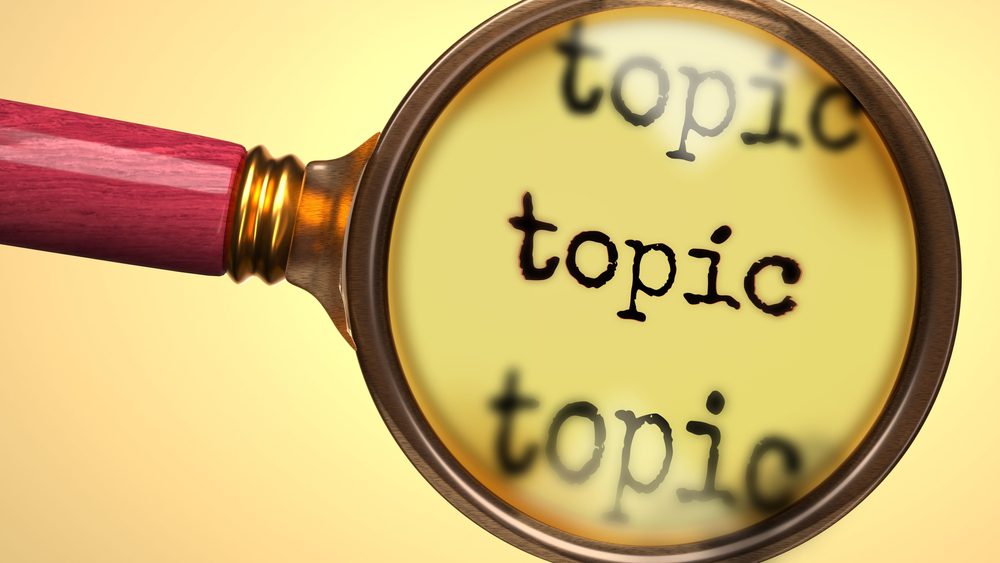How to Calculate Word Error Rate (WER)

Rev › Blog › Speech to Text Technology ›
If you’ve spent any time at all using an automatic speech recognition service, you may have seen the phrase “word error rate,” or WER, for short. But even if you’re brand new to transcriptions, WER is the most common metric you’ll see when comparing ASR services. Luckily, you don’t have to be a math whiz to figure it out – you just need to know this formula:
Word Error Rate = (Substitutions + Insertions + Deletions) / Number of Words Spoken
And that’s it! To go a bit more in depth, here’s how to effectively determine each of these factors:
- Substitutions – anytime a word gets replaced (for example, “twinkle” is transcribed as “crinkle”)
- Insertions – anytime a word gets added that wasn’t said (for example, “trailblazers” becomes “tray all blazers”)
- Deletions – anytime a word is omitted from the transcript (for example, “get it done” becomes “get done”)
Word Error Rate in Practice
Let’s take a look at an example audio.
The correct text is below:
We wanted people to know that we’ve got something brand new and essentially this product is, uh, what we call disruptive, changes the way that people interact with technology.
Now, here’s how that sentence was translated using Google’s speech to text API:
We wanted people to know that how to me where i know and essentially this product is what we call scripted changes the way people are rapid technology.
To correctly calculate WER, we take a look at the substitutions, insertions, and deletions between the two.

Add up the substitutions, insertions, and deletions, and you get a total of 11. Divide that by 29 (the total number of words spoken in the original file) to get a word error rate of about 38 percent. In some cases, the entire meaning of the sentence was changed.

We ran a test with 30 popular podcasts of varying topics and number of speakers, and transcribed them with Rev AI, Google, and Speechmatics. The overall WER for each service is below:
- Rev AI: 17.1%
- Google (video model): 18.3%
- Speechmatics: 21.3%
As these results suggest, you’ll get a different word error rate from the service you choose. And though WER is an important and standard metric, it’s not the only thing you should focus on.
The Power of Speaker Diarization
Are all of your transcriptions just one person narrating into a recorder? Great! You’ve somehow found the sweet spot of perfect audio.
What’s more likely, however, is that your files contain multiple speakers. Those speakers may sometimes cut each other off or talk over each other. They may even sound fairly similar.
One of the cool features of Rev AI is speaker diarization. This recognizes the different speakers in the room and attributes text to each. Whether it’s two people having an interview or a panel of four speakers, you can see who said what and when they said it. This is particularly useful if you’re planning to quote the speakers later. Imagine attributing a statement to the incorrect person – and even worse, getting the crux of their message wrong because of a high WER rate. You just may have two people upset with you: the actual speaker and the person you incorrectly cited.

Not all ASR services offer diarization, so keep that in mind if you’re often recording multiple people talking at once. You’ll want to be able to quickly discern between them.
Other Factors to Consider
WER can be an incredibly useful tool; however, it’s just one consideration when you’re choosing an ASR service.
A key thing to remember is that your WER will be inaccurate if you don’t normalize things like capitalization, punctuation, or numbers across your transcripts. Rev AI automatically transcribes spoken words into sentences and paragraphs. This is especially important if you are transcribing your audio files to increase accessibility. Transcripts formatted with these features will be significantly easier for your audience to read.
Word error rate can also be influenced by a number of additional factors, such as background noise, speaker volume, and regional dialects. Think about the times you’ve recorded someone or heard an interview during an event. Were you able to find a quiet, secure room away from all the hubbub? Did the speaker have a clear, booming voice? Chances are, there were some extenuating circumstances that didn’t allow for the perfect environment – and that’s just a part of life.
Certain ASR services are unable to distinguish sounds in these situations. Others, like Rev AI, can accurately transcribe the speakers no matter their volume or how far away they are from the recorder. Not everyone is going to have the lung capacity of Mick Jagger, and that’s fine. While we don’t require a minimum volume, other ASR services may. If you tend to interview quieter talkers or are in environments where you can’t make a lot of noise, be mindful of any requirements before making your selection.
Final Thoughts
Now that you’re comfortable calculating word error rate, you can feel more confident in your search for an ASR service. See how the power of a low WER can help your business reach new heights. Try Rev AI for free today!



